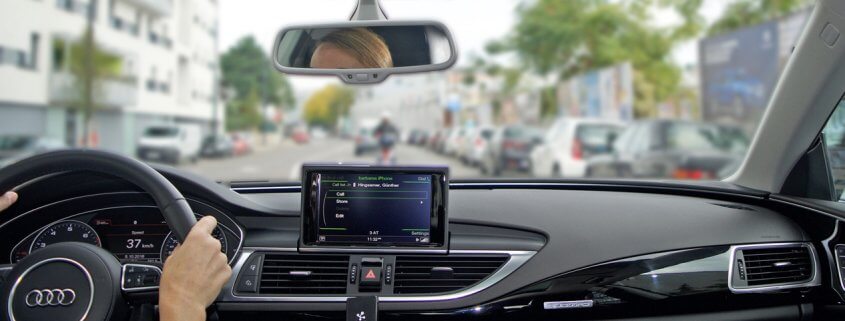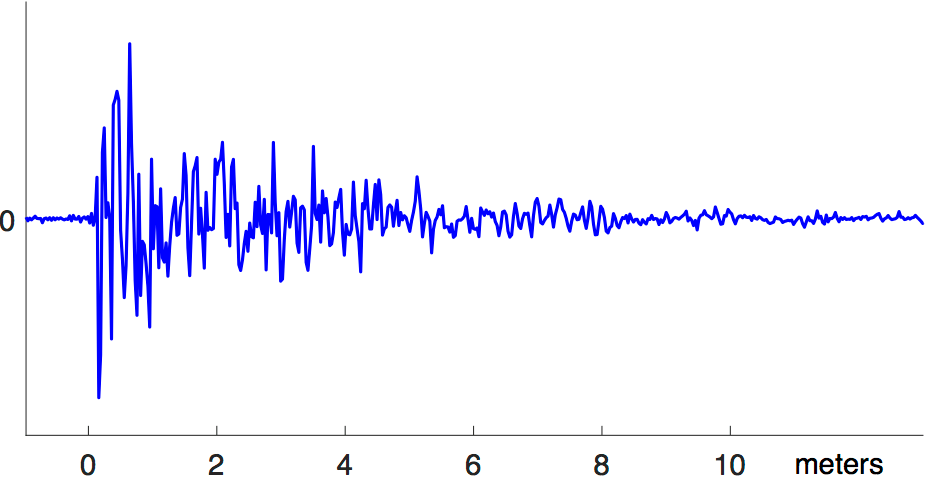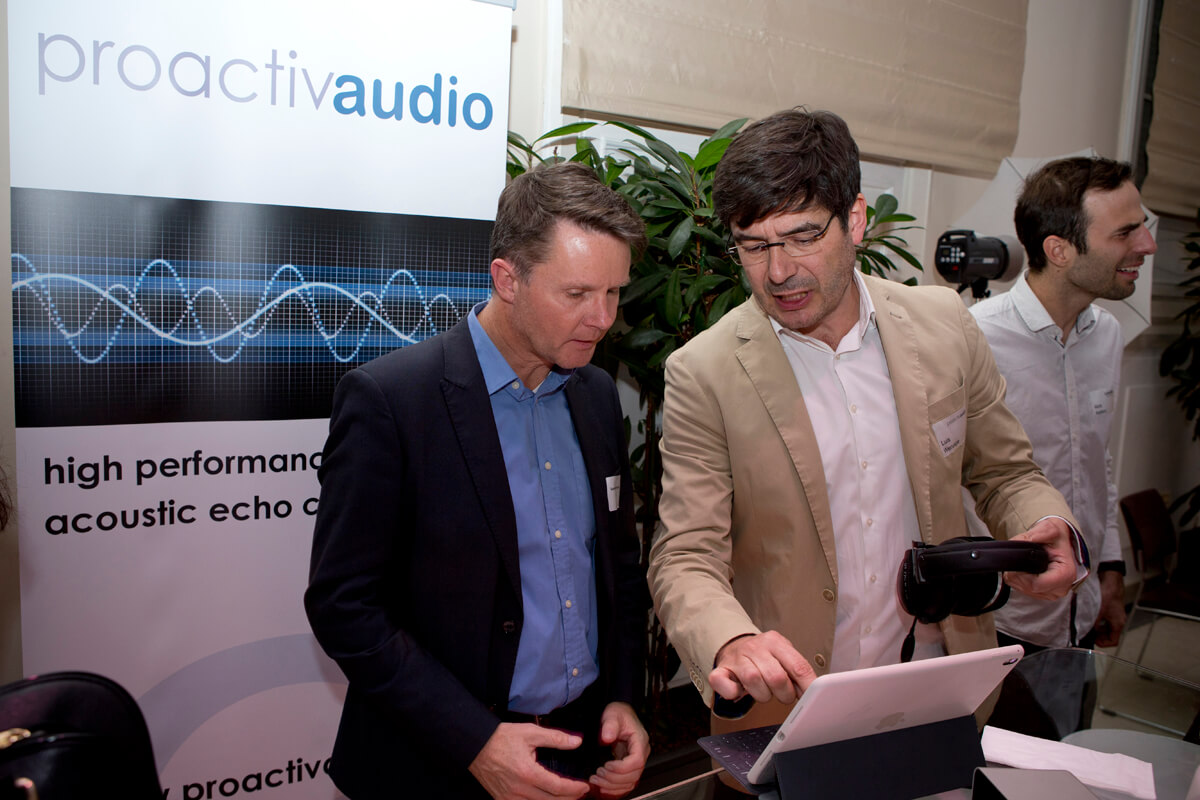Car Cockpit: A Sensitive Auditorium
I love cars. Who doesn’t? The need for speed and engine roar literally push me in, ignoring the very reason of car existence (to take me from point A to point B). One more persuading argument to have an A-to-B do-not-care ride is to listen to my favourite music: a car interior with sound-absorbing upholstery is an excellent music auditorium, on a par with premium over-the-ear headphones. Sound absorption here refers to the ability to attenuate “bad” sound, such as reverberation, which would otherwise challenge the equalizer of the car’s sound system. So, dear reader, at this point you may have already guessed (when not earlier from the title) that this post does not exactly deal with four wheels and six cylinders.
Straight to the point. We measured the acoustics inside a 2015 Audi A7: as expected from Audi’s audio heritage and this premium model, our measurements revealed exquisite exponential sound decay with a time constant of 10 milliseconds; in other words, bouncing sound waves die out (25 dB attenuation) after travelling only 10 meters inside the compartment. Not bad at all. We exhaustively explored the car acoustics under different situations, such as driver only, driver+passenger, front windows open, sunroof, etcetera. The results were somewhat shocking: while the time constant remains essentially stable, the acoustic “fingerprint” changes dramatically in every situation. For instance, only the incremental impact of the front passenger is as large as the acoustic fingerprint itself! Obviously, you cannot blame the manufacturer for that, but it only shows how extremely sensitive and delicate (acoustically speaking) any car habitacle can be.
The point is: driving with open windows and/or with your fiancé(e) is de-facto compromising the sound equalization settings, hence your in-car music experience. Here is when proactivaudio patented technology comes to rescue, as it is capable of estimating adaptively the interior acoustics under any hostile situation, such as with engine or wind noise, passenger conversation, or even singing while driving 8-) . As final note, in order to adjust automatically the perceptual equalization in the cockpit, the current fingerprint of the interior acoustics is indispensable.







Leave a Reply
Want to join the discussion?Feel free to contribute!